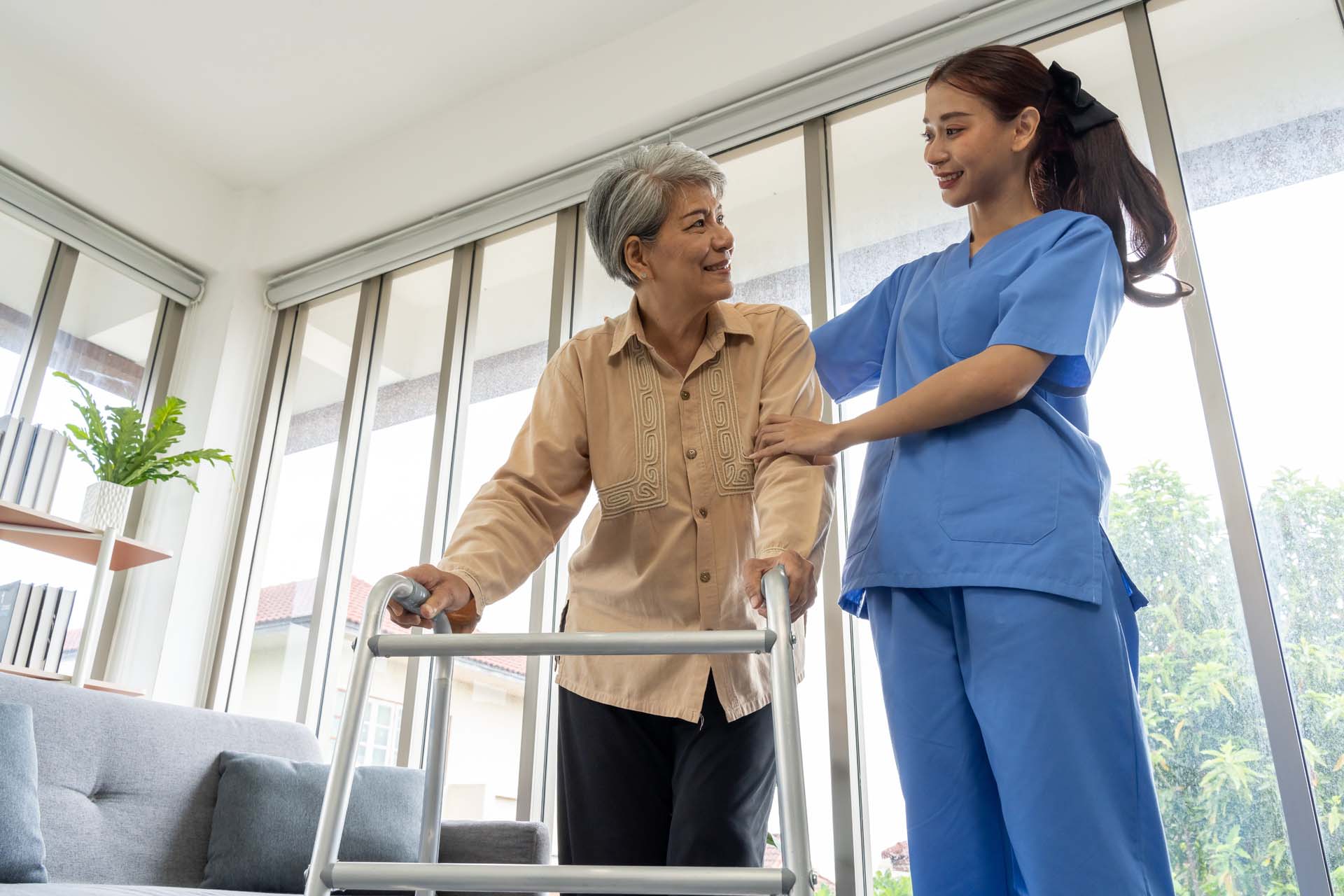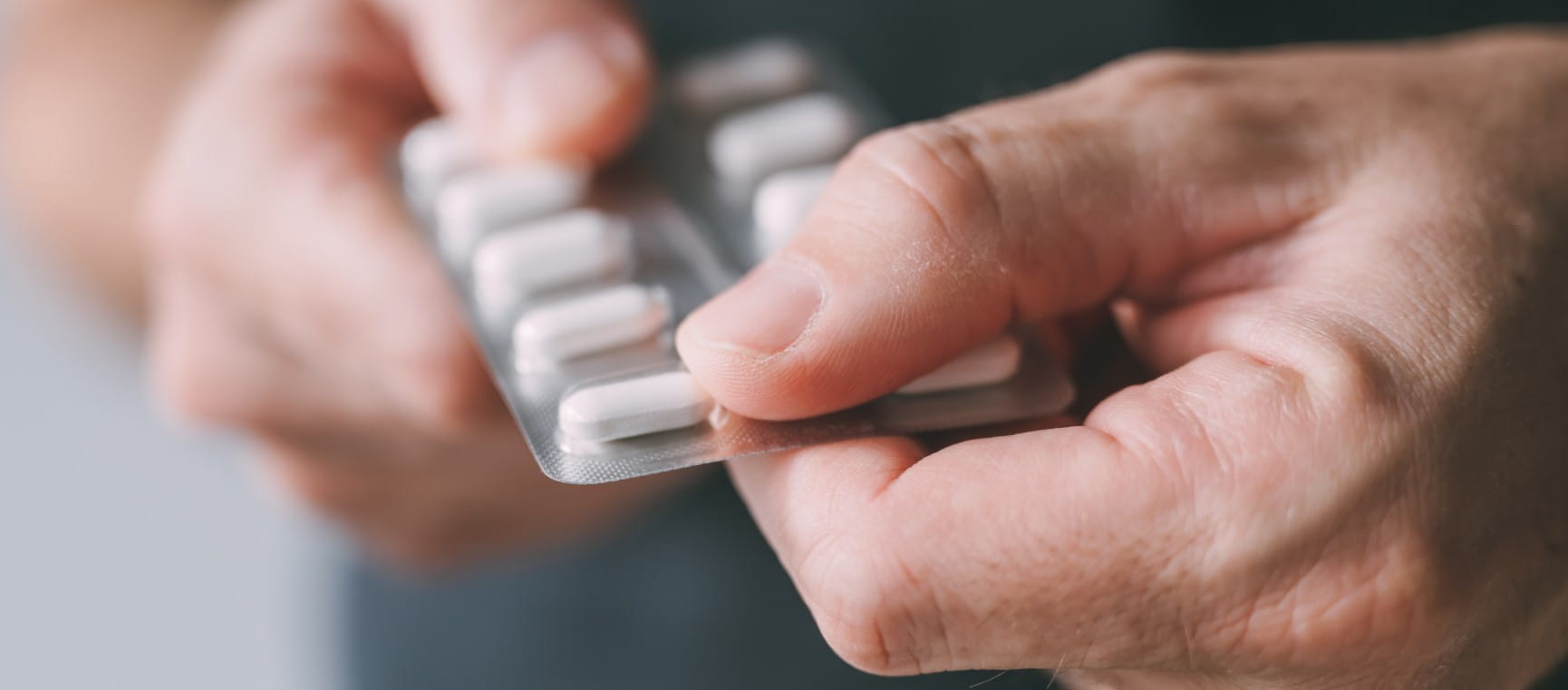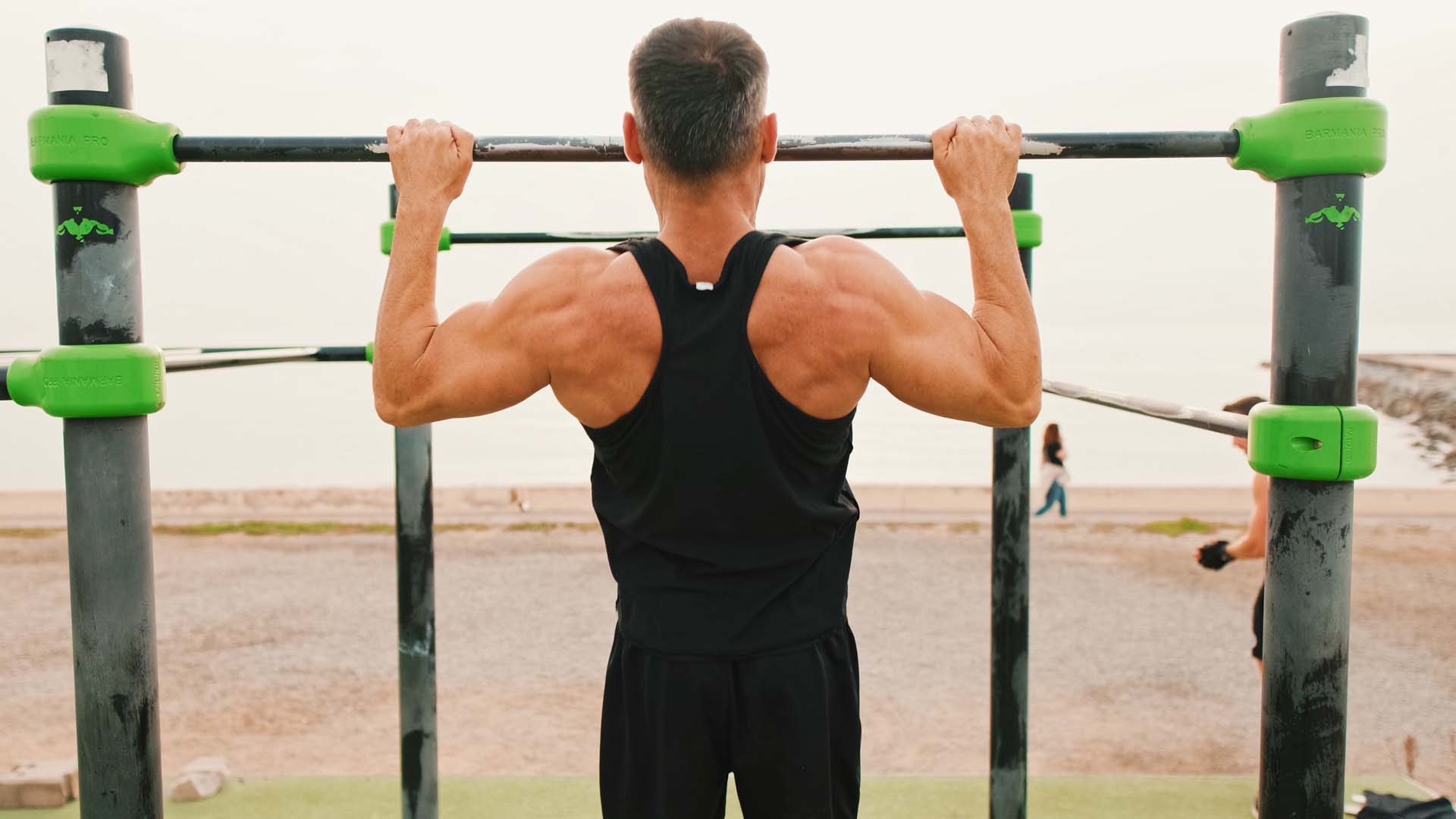
A pull-up is one of those exercises that looks difficult and, truthfully, it’s tricky to master, but it can be done.
Even advanced exercisers find full pull-ups difficult, yet if you watch little children in the playground, they seem to be able to master the monkey bars with ease. That’s partly because they don’t weigh as much as an adult, and hauling your own bodyweight up off the ground is difficult enough, let alone bringing your chin up above a bar.
But it’s also because little ones don’t have as much fear. I know my son jumps first and thinks later, while I have a more cautious approach!
However, pull-ups – or one of the many variations we will look at – are a great strength training exercise to master, with many benefits. Not to mention that your friends and family will all be suitably impressed that you can master something so difficult.
I’ve coached many clients to achieve the perfect pull-up based on their strength and abilities, and now I’m going to walk you through it.
A pull-up is known as a “compound move”, meaning it works multiple muscle groups at once. Other examples are squats and push-ups.
Personally, if I’m going to be exercising, I want it to be worthwhile and I don’t want to spend hours doing it, so pull-ups are an ideal way to build upper body strength and gain the benefits of strength training.
In the exercise world, we have four basic movement patterns around which exercises are formed: squat (all variations of), hinge (deadlift, kettlebell swing), push and pull.
For the upper body, push and pull movements can be achieved using weights – a bicep curl is an example of a pull movement, and a chest press an example of a push.
However, there aren’t many upper body exercises that can build muscle using only bodyweight. Push-ups are a very good way to build chest strength using bodyweight as resistance, and you can learn how to do a push-up with my step-by-step guide.
To build back muscles, you need to do pull-ups. Pull-ups, or one of the many variations listed below, will strengthen the lats – the large muscles in the back.
A lot of posture issues can stem from lack of upper body strength, particularly in the back and chest, so it’s important we work these muscles to keep them functioning for us. Pull-ups also work the shoulders, the muscles in the arms (particularly the triceps) and the core (stomach muscles and the smaller muscles in the lower back). They are what I’d call good value exercise!
You might think that a perfect pull-up means hanging from a bar and pulling your bodyweight up until the chin is over the bar. But that’s not going to be the perfect pull-up for many people.
As previously mentioned, the flexibility and versatility of children means they find pull-ups relatively easy – but as we age, they get harder. What’s perfect for one person won’t be the same for another.
Some people may always need to use a resistance band to support them in a pull-up. Others may always need to do them from a standing position. It might also be that pulling yourself up, in whatever capacity, simply isn’t suitable for a variety of reasons.
In this instance, the lats can still be strengthened by using a lat pull-down machine in the gym, doing superman exercises on the floor, or using a low bar. I’ll explain these, and more, below.
Works: latissimus dorsi (lats), biceps, triceps, chest muscles, shoulder muscles, stomach muscles.
Equipment needed: pull-up bar, resistance bands (optional).
Tip: You can bend your knees and cross the ankles to help with stability, if needed.
The movement needs to be slow and controlled. If you go too fast, you could injure yourself.
This is when you use momentum in your lower body to do the pull-up – swinging the legs back and forth, for example. Try to keep the body as still as possible, so the arms and back do all the work.
This will shorten your range of motion, so you won’t get as much out of the movement.
Keep the elbows close to the body to avoid any shoulder injuries.
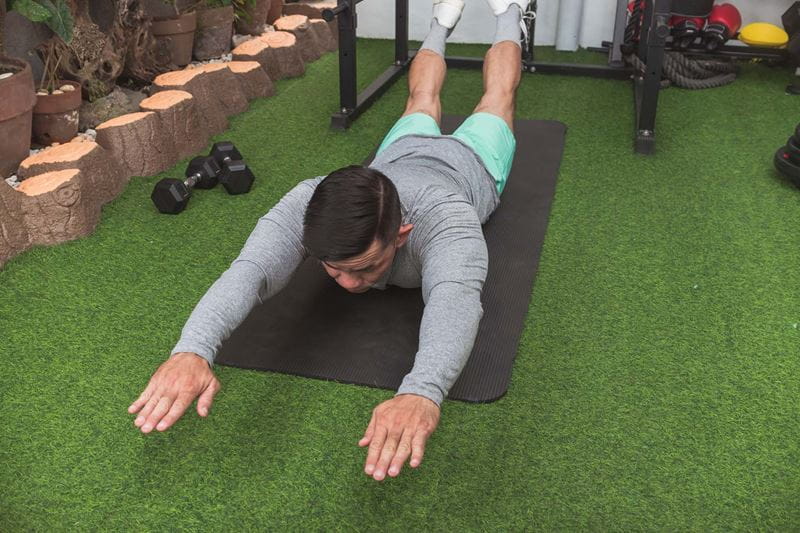
Tip: You can make this harder by fully extending the arms, or easier by just lifting the torso.
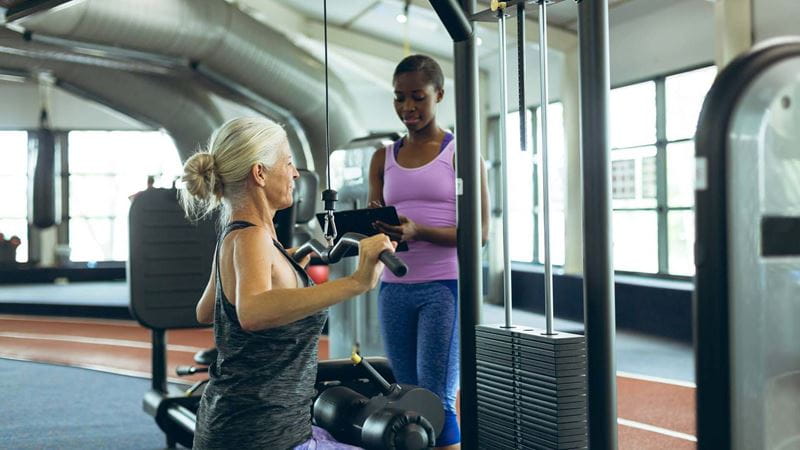
Tip: You can use an underhand, narrower grip for more triceps activation, if you want.
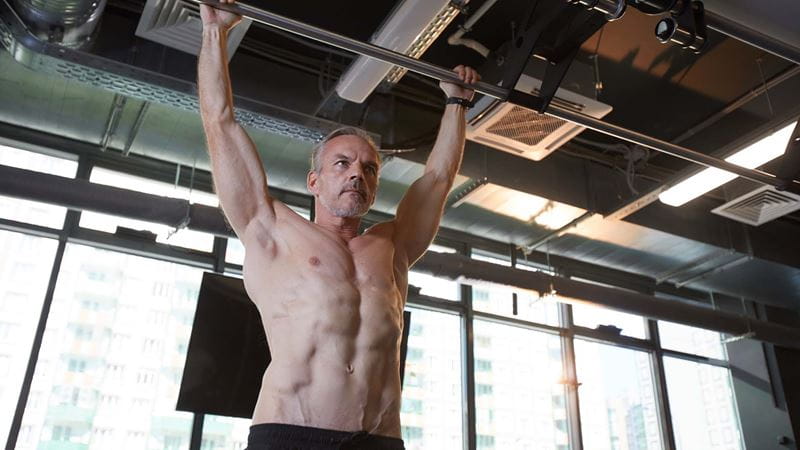
Tip: Gradually aim to build the time you can hang for – start with three rounds of three to five seconds and increase from there.
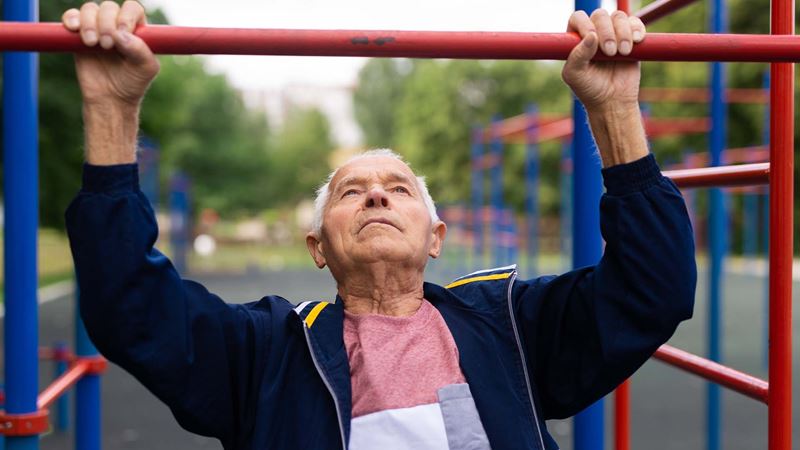
Tip: You can make this harder by extending the legs fully and balancing on the heels.
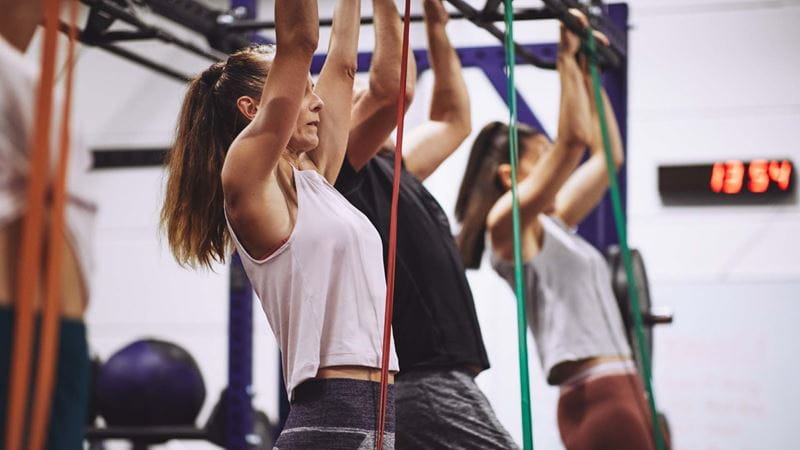
Tip: You can also use a resistance band to practise the dead hang.
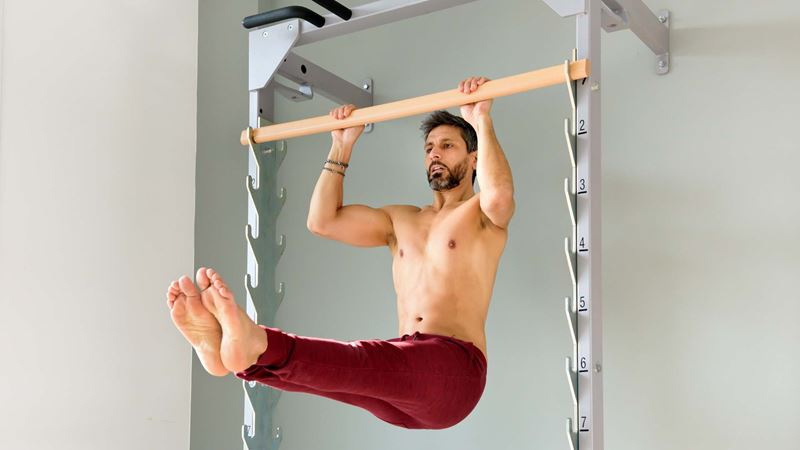
Tip: You can also use a resistance band to help and just raise one leg at a time.
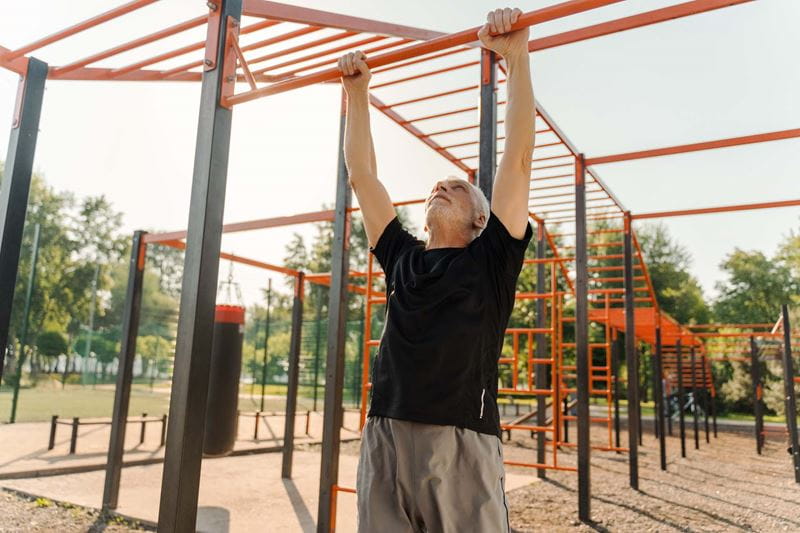
Tip: Another option is to start at the top of the movement by stepping off a high step and lowering yourself down.
All the movements listed above can be made slightly easier by changing your grip. An underhand grip is used for chin-ups, which makes it easier to pull your bodyweight. It’s not a massive change – all the movement patterns stay the same – but it can make all the difference.
Becky Fuller is a fully qualified Personal Trainer, specialising in strength and conditioning for over 50s. Becky’s focus is helping people to become stronger both in body and mind, and to move well without pain.
Becky also has many years’ experience working as a freelance journalist.


Facial weakness, a sudden headache and dizziness can all be signs of a stroke, we've got the facts from an expert.
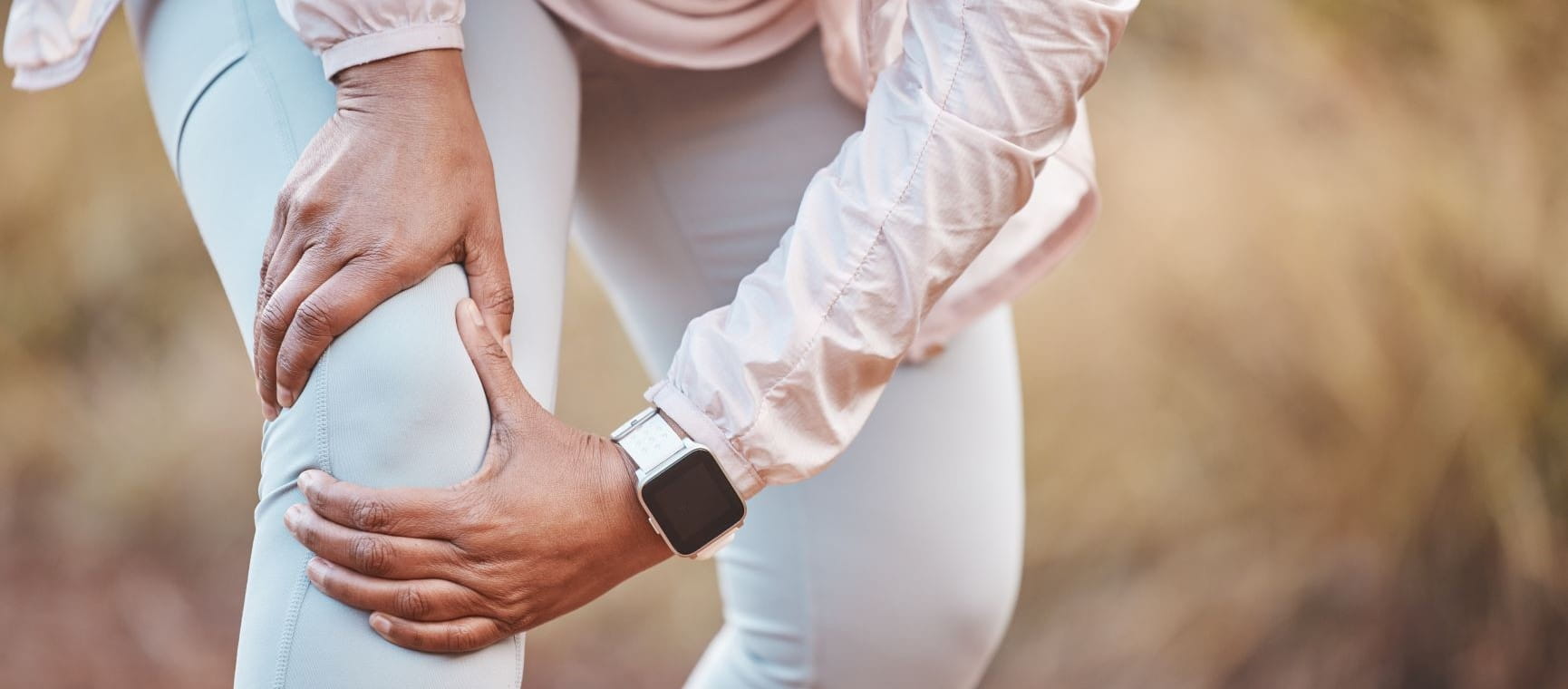
Knee pain is more common as we age: to help we've got the best advice from 3 leading experts with easy ways to make a difference.

Do you know the symptoms of a heart attack? Here’s what to look out for, and how to prevent one.
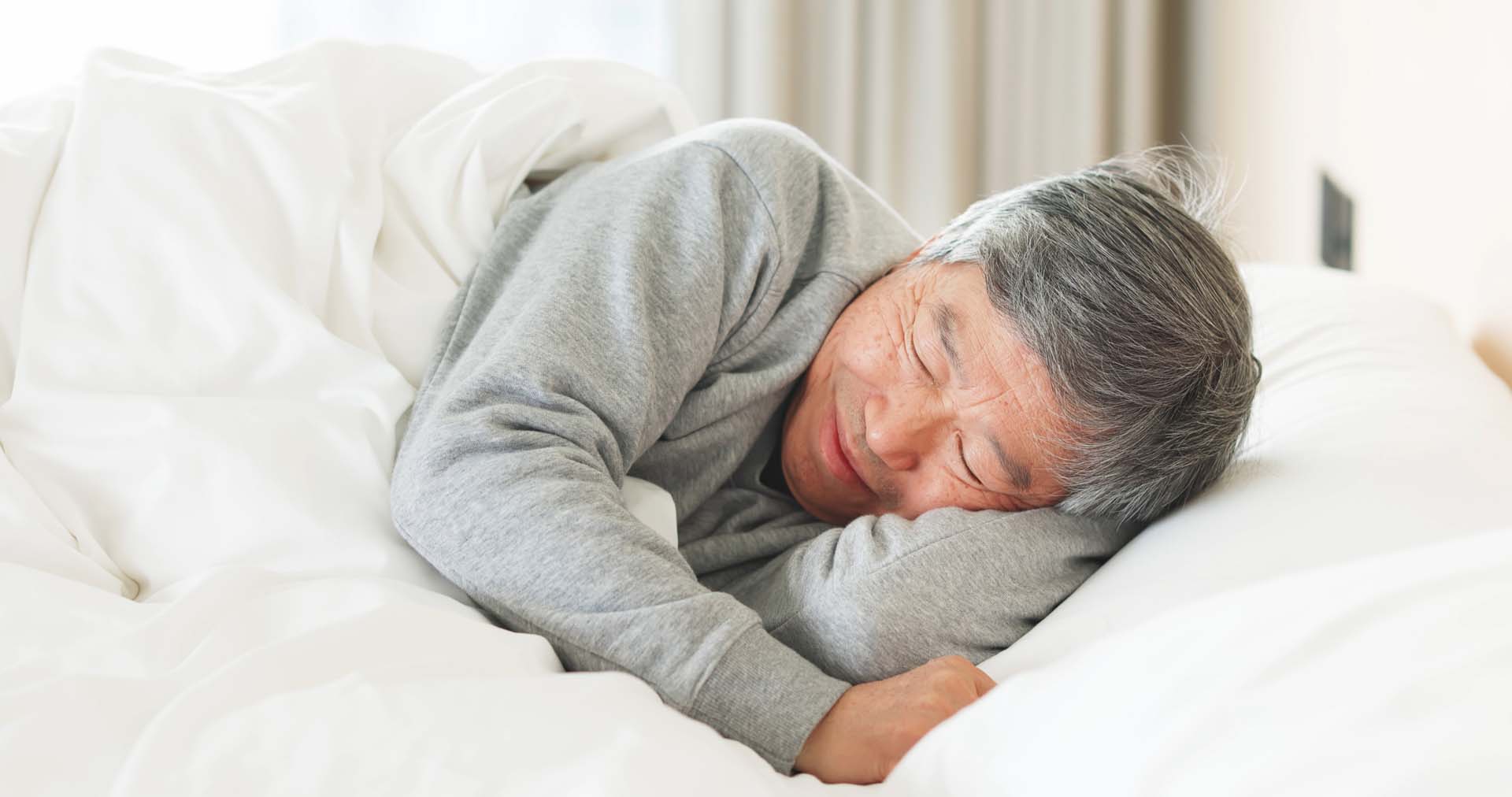
Front, back or side? Which sleeping position is best for you as you get older, and which ones you should avoid
